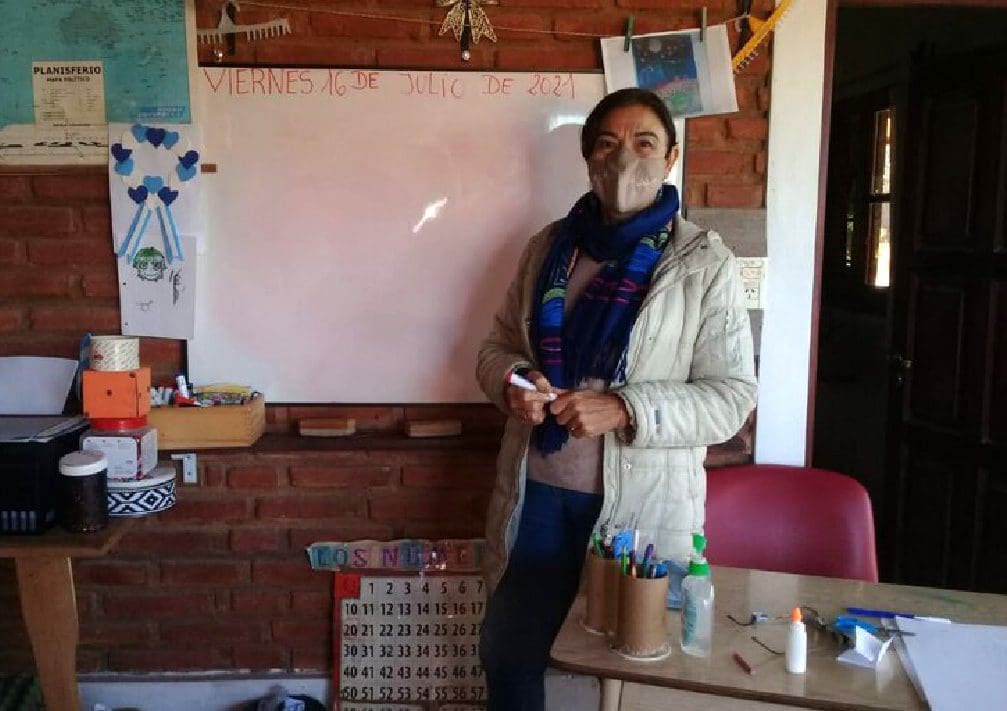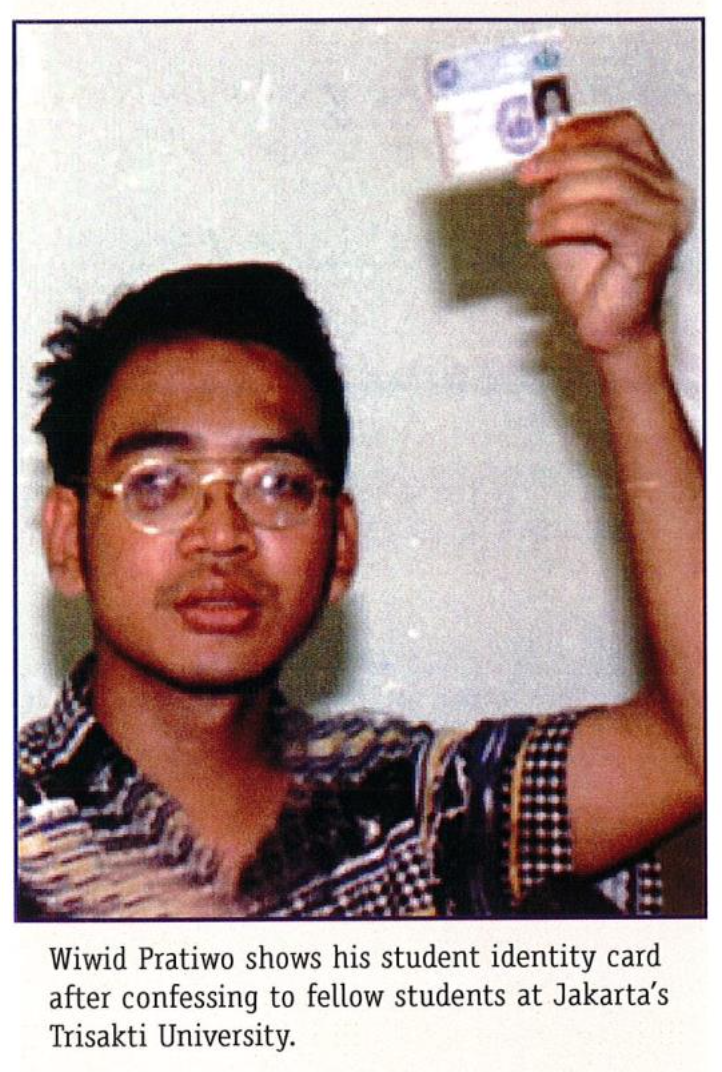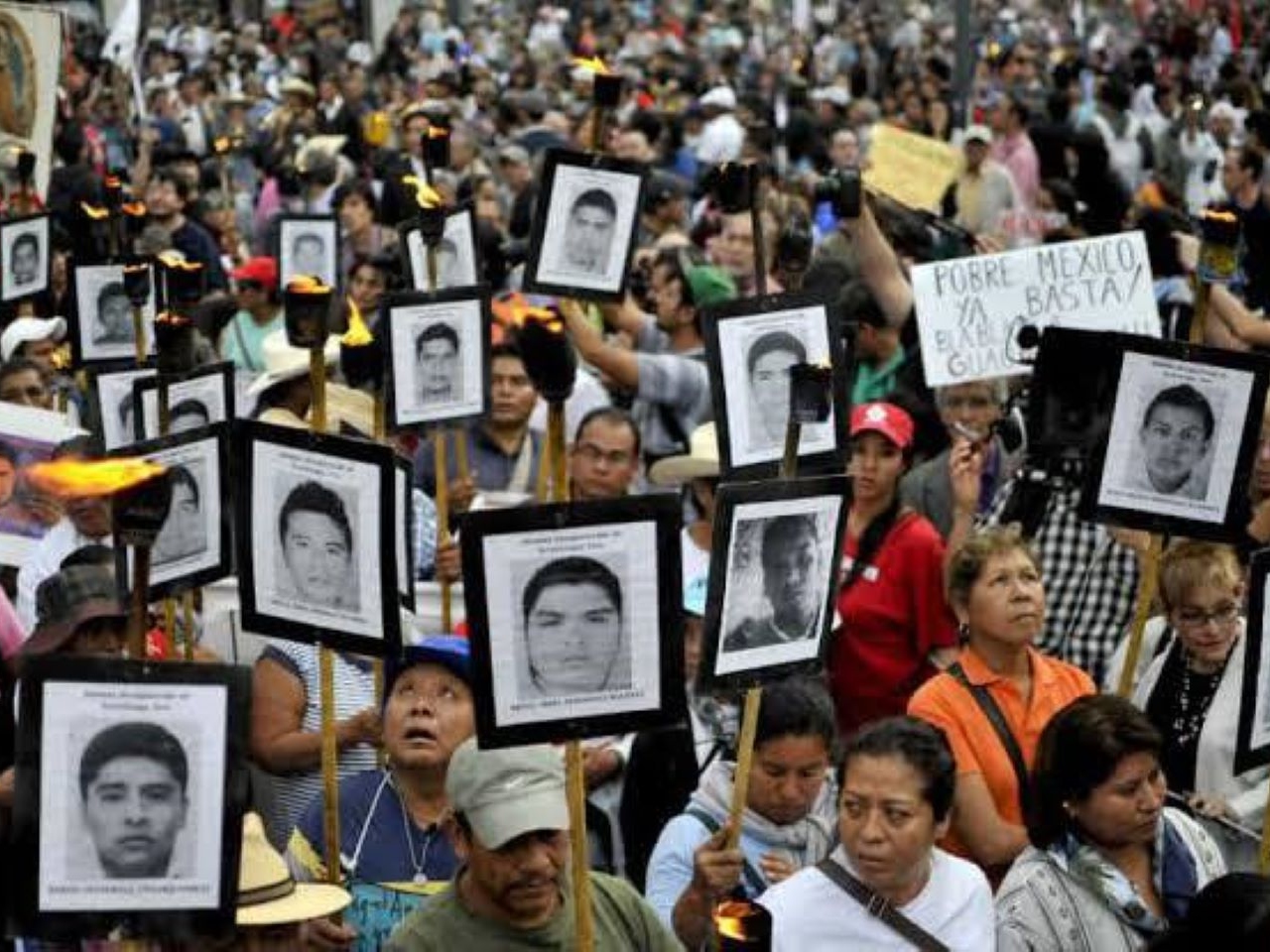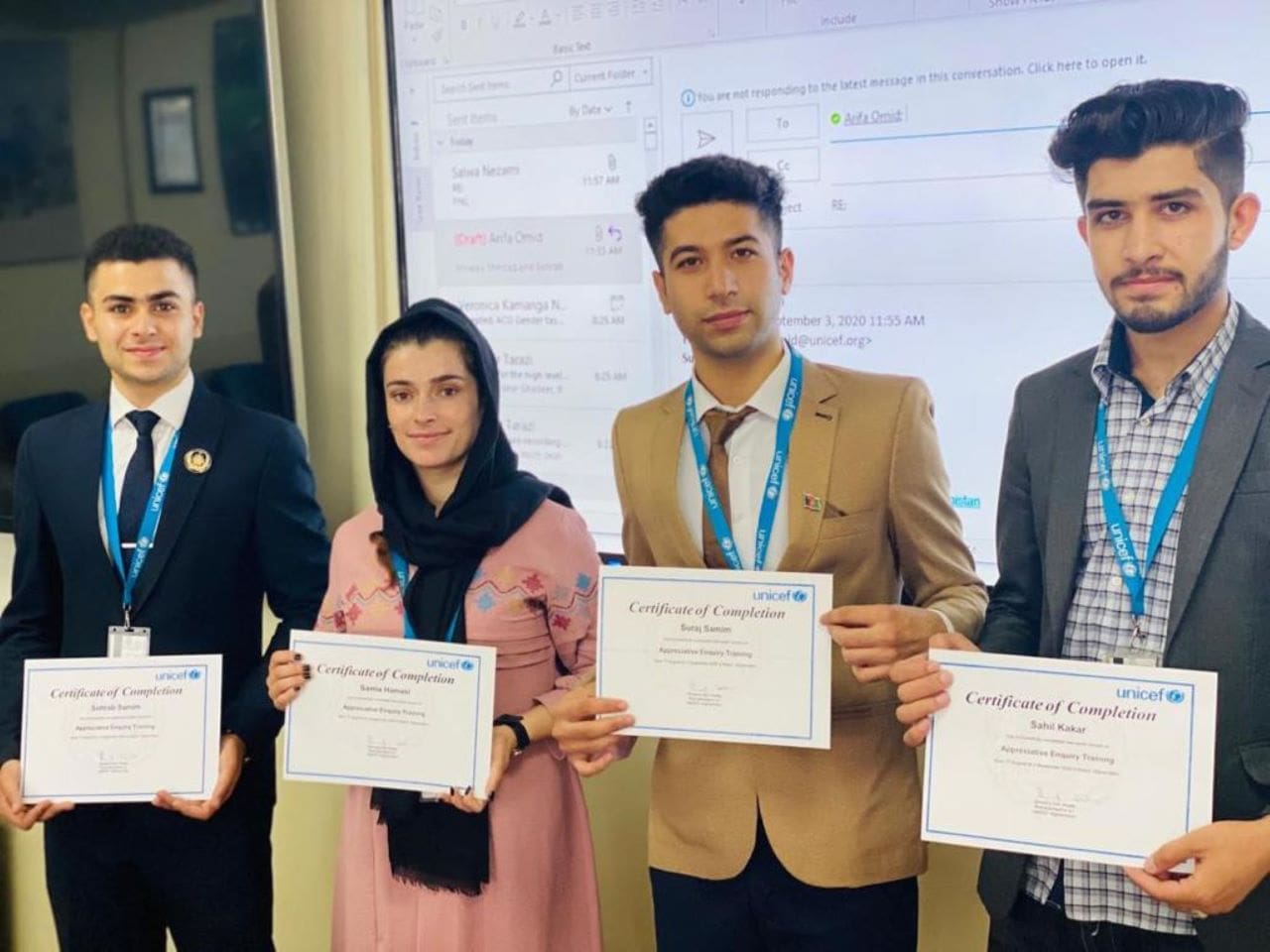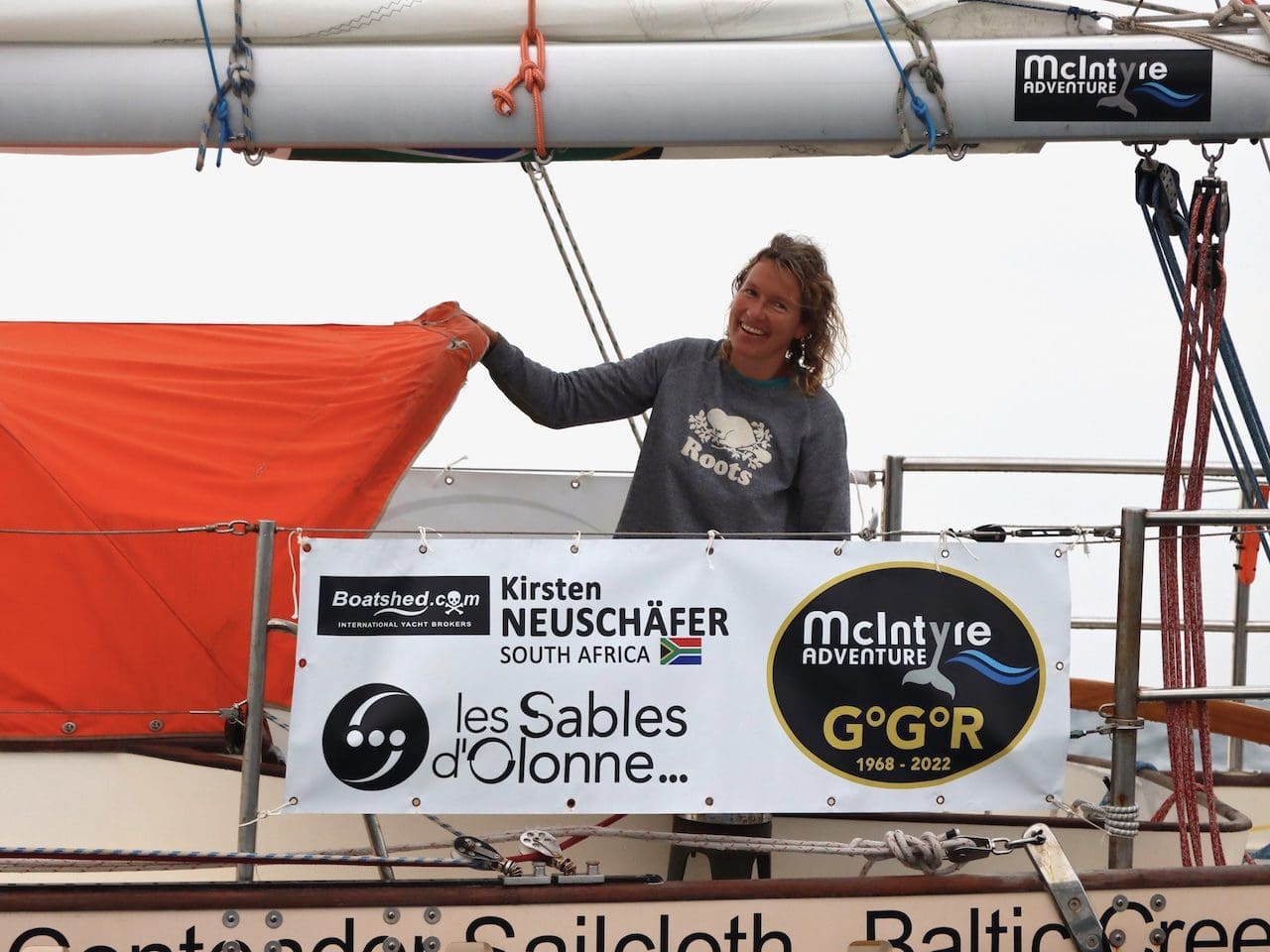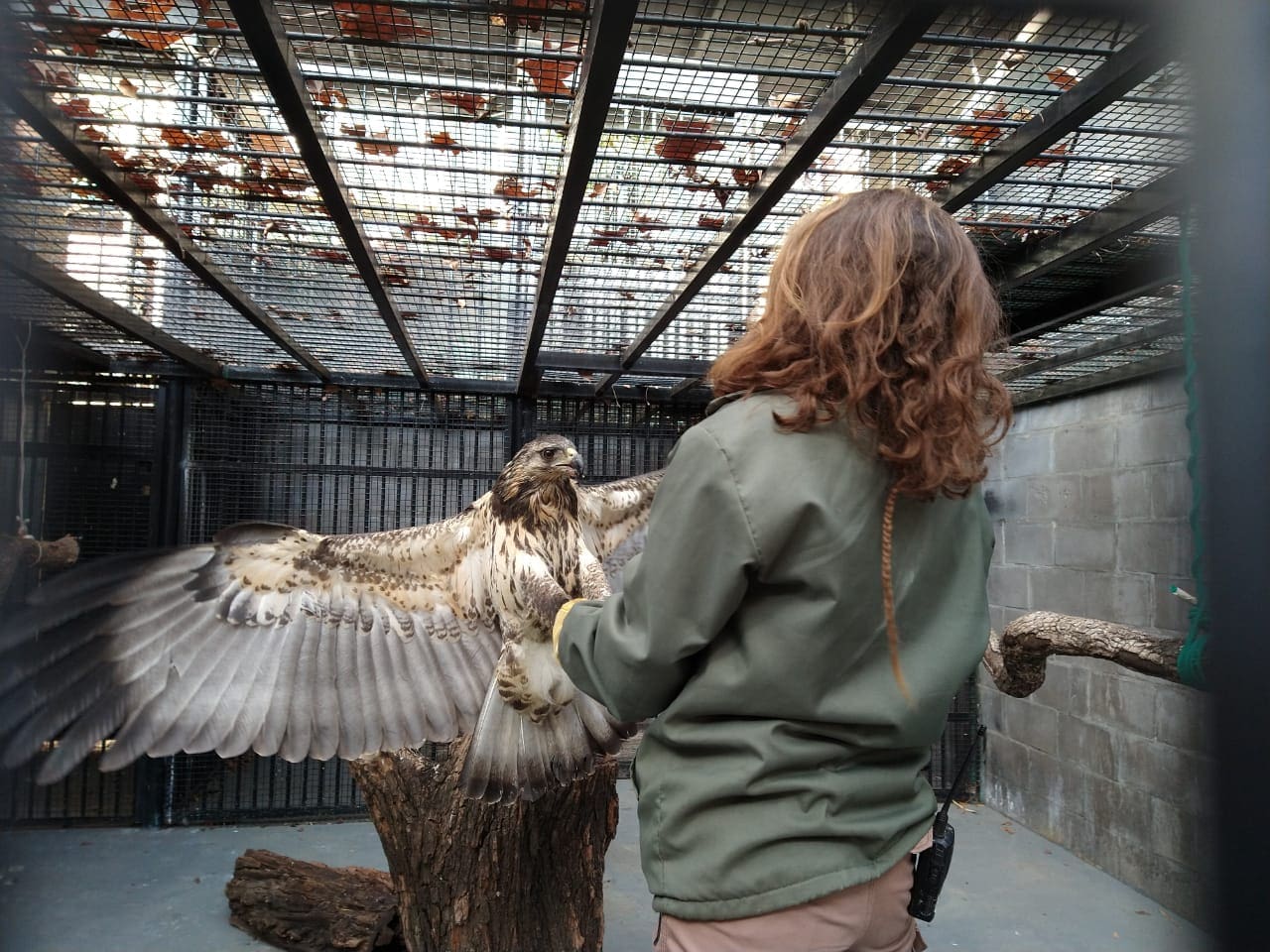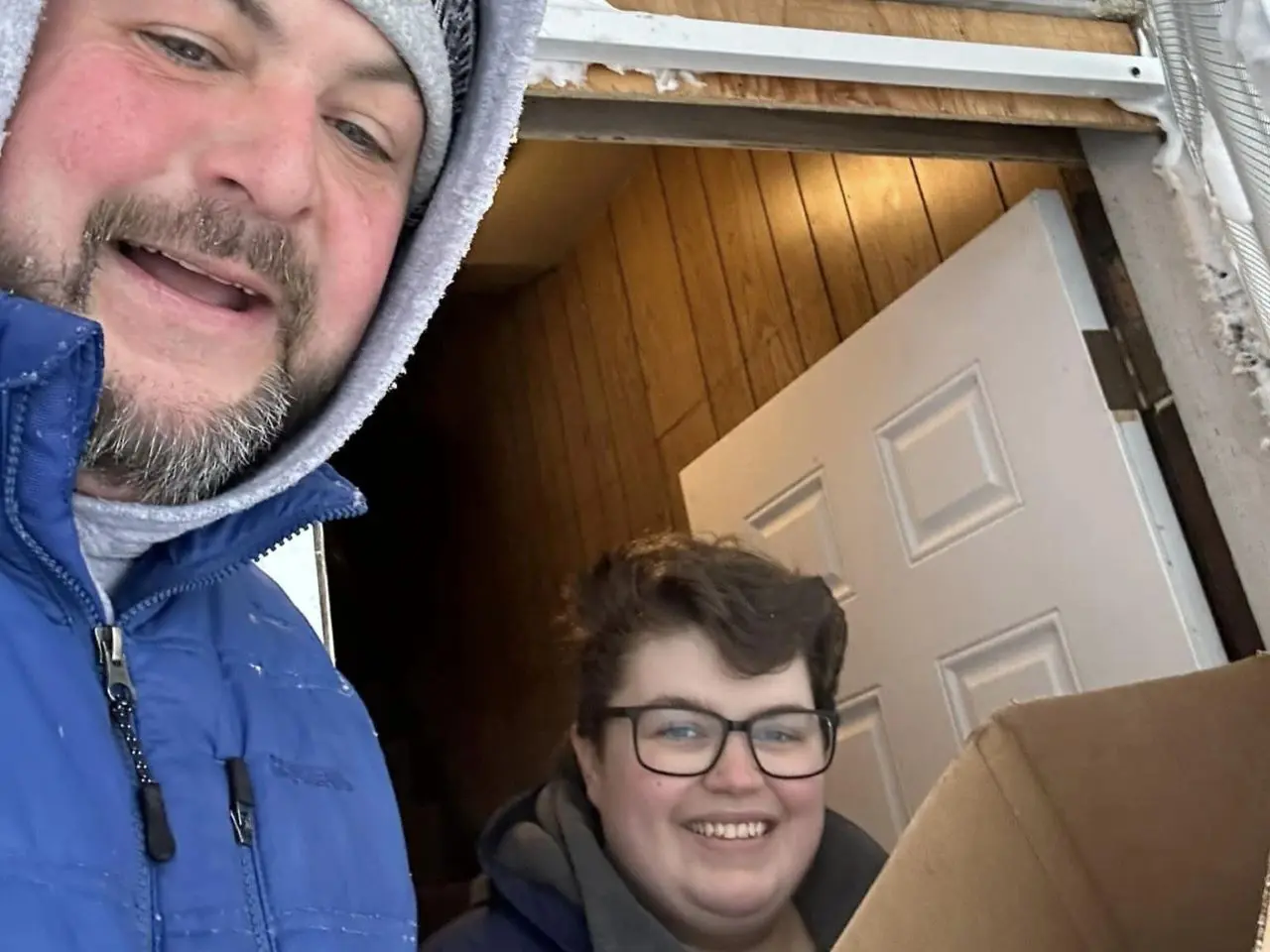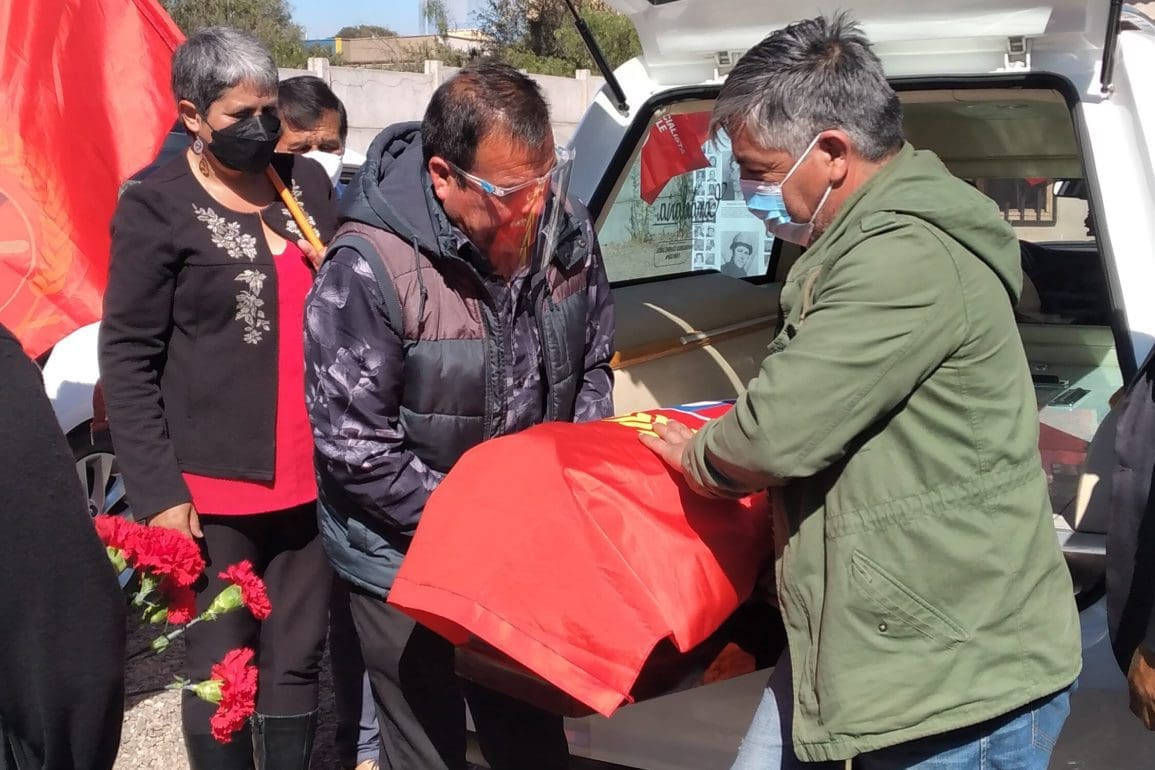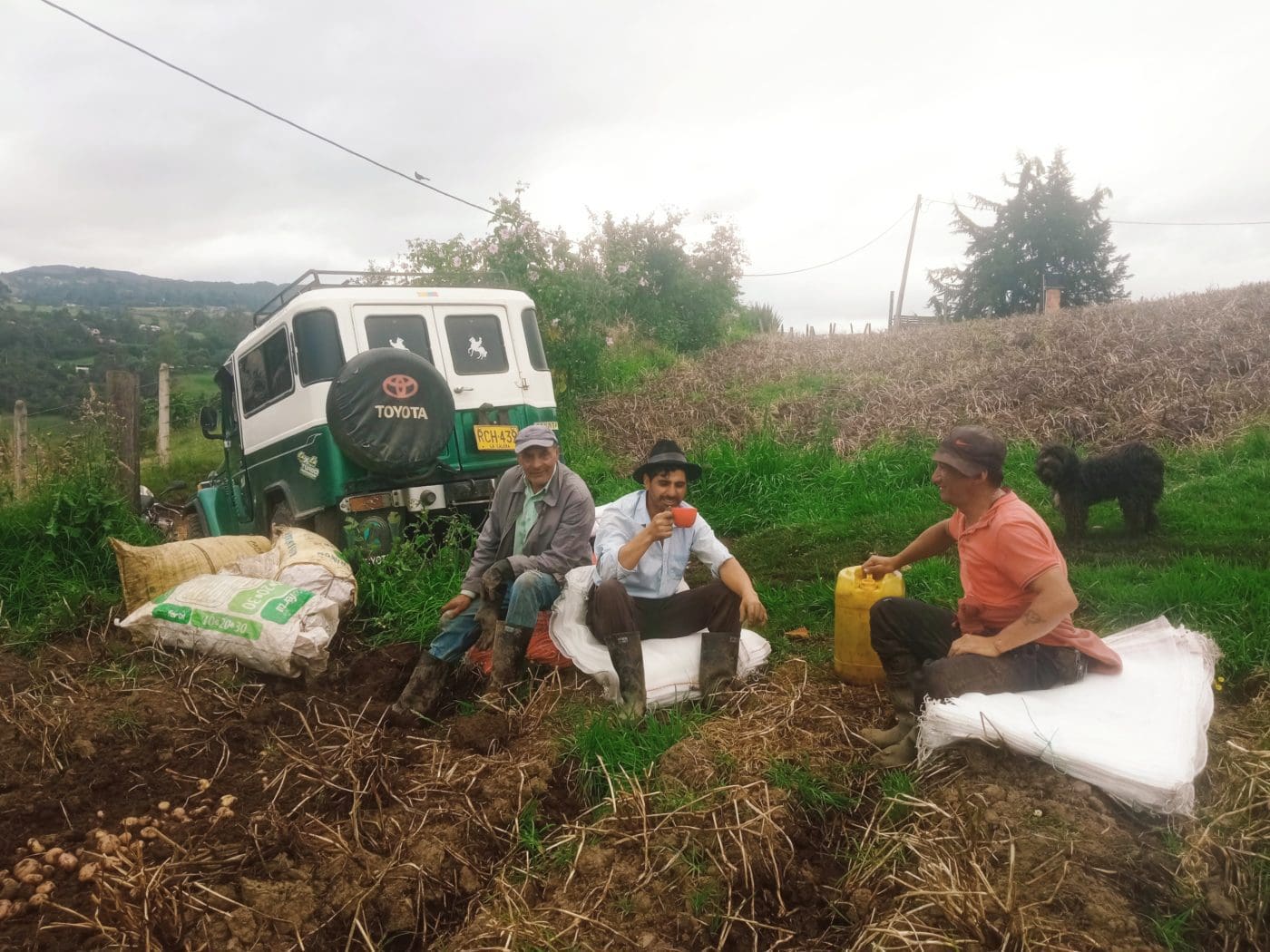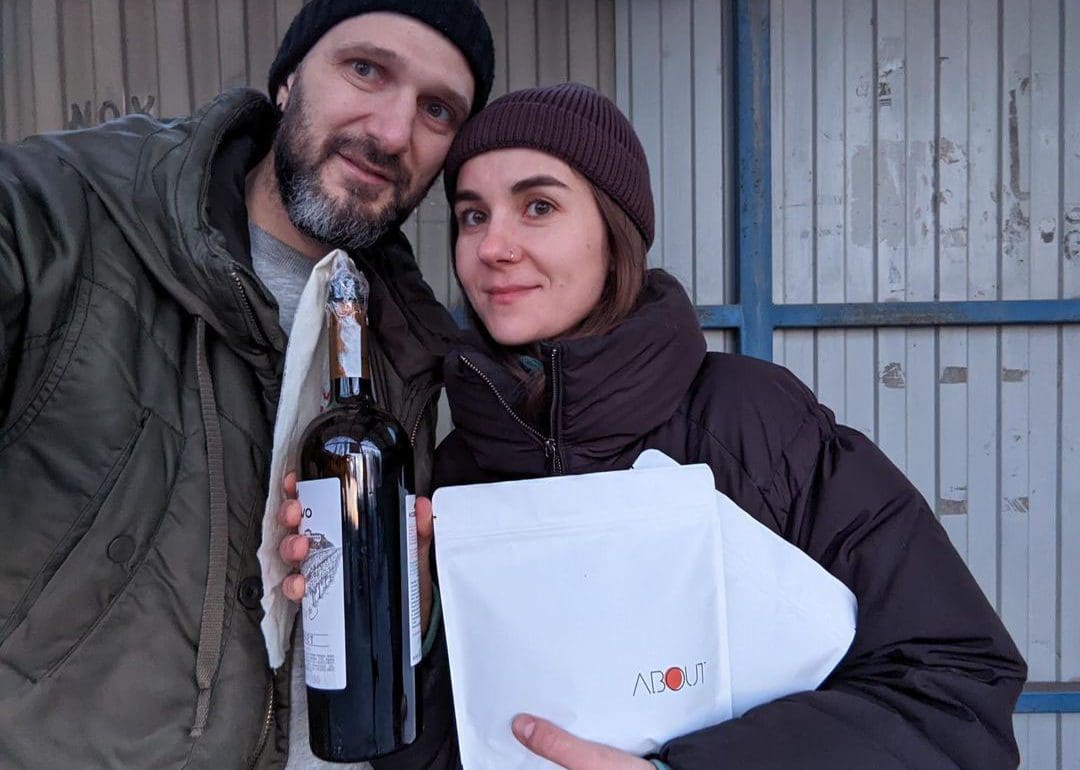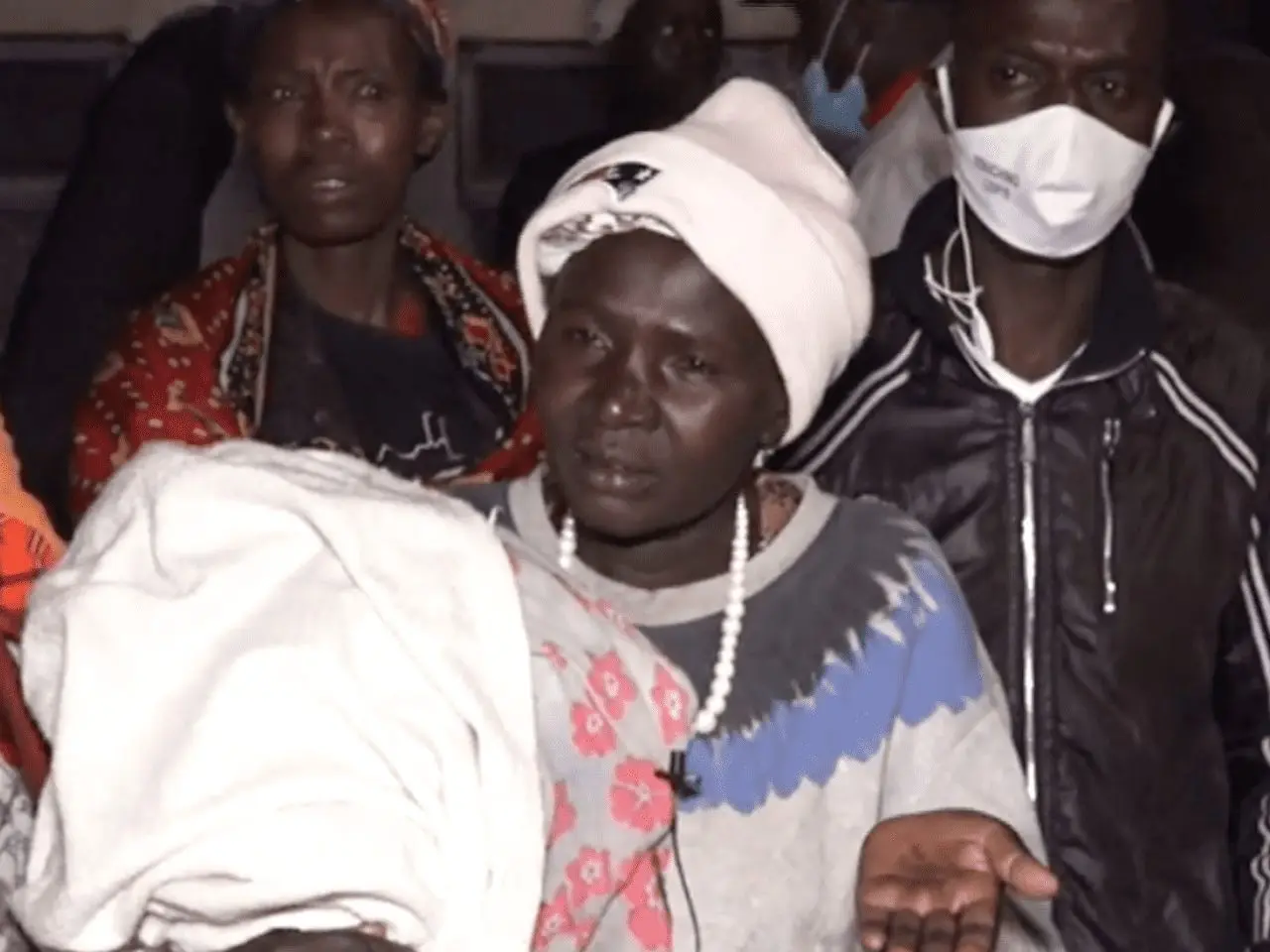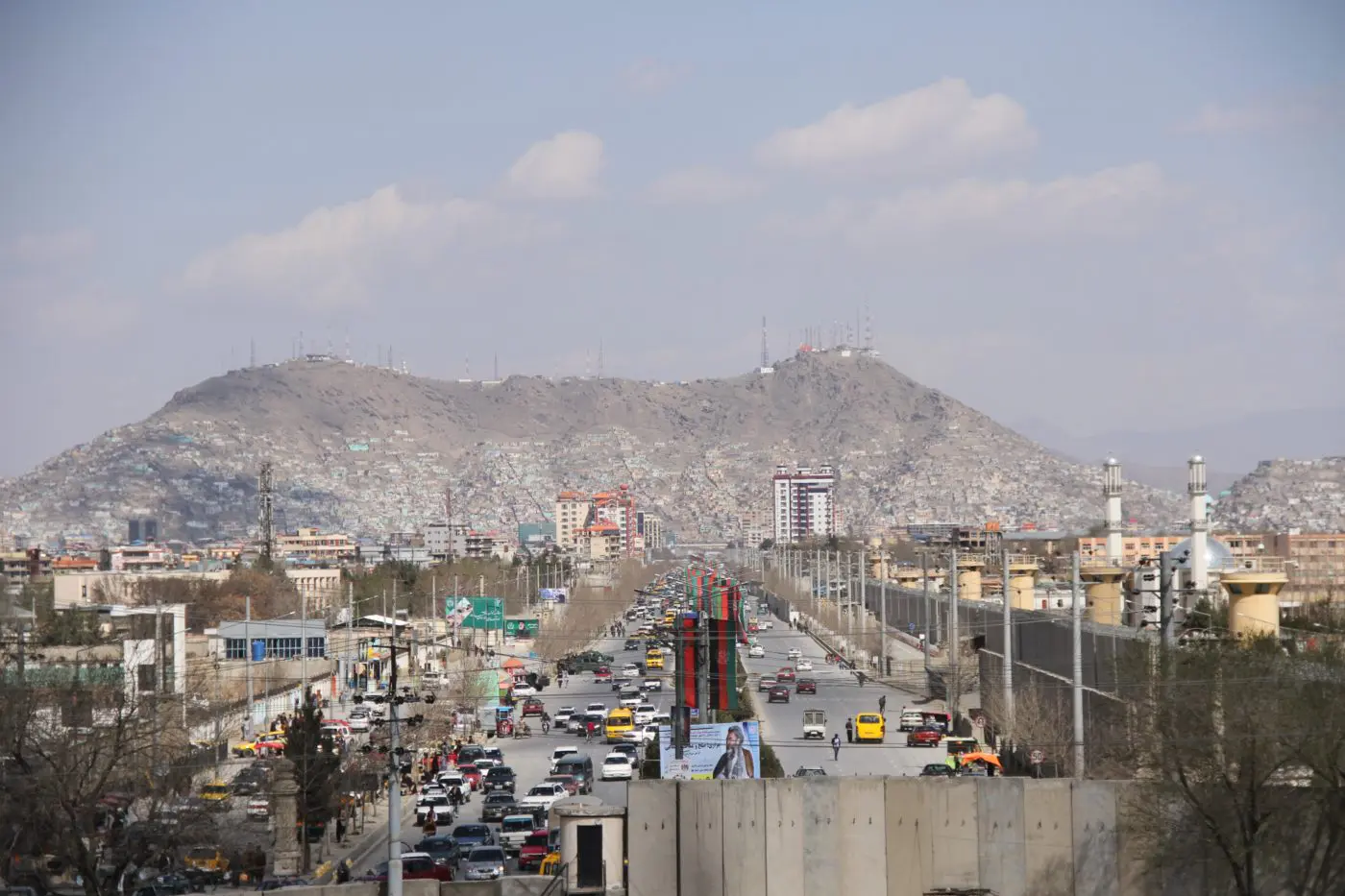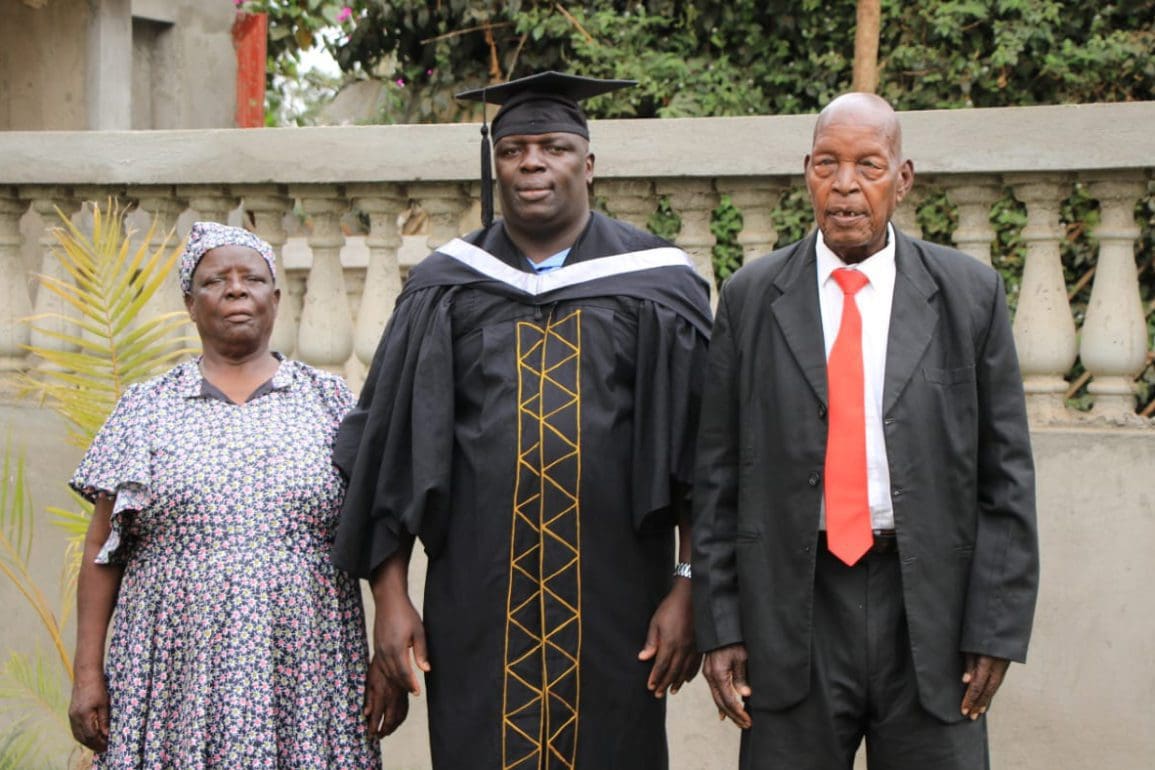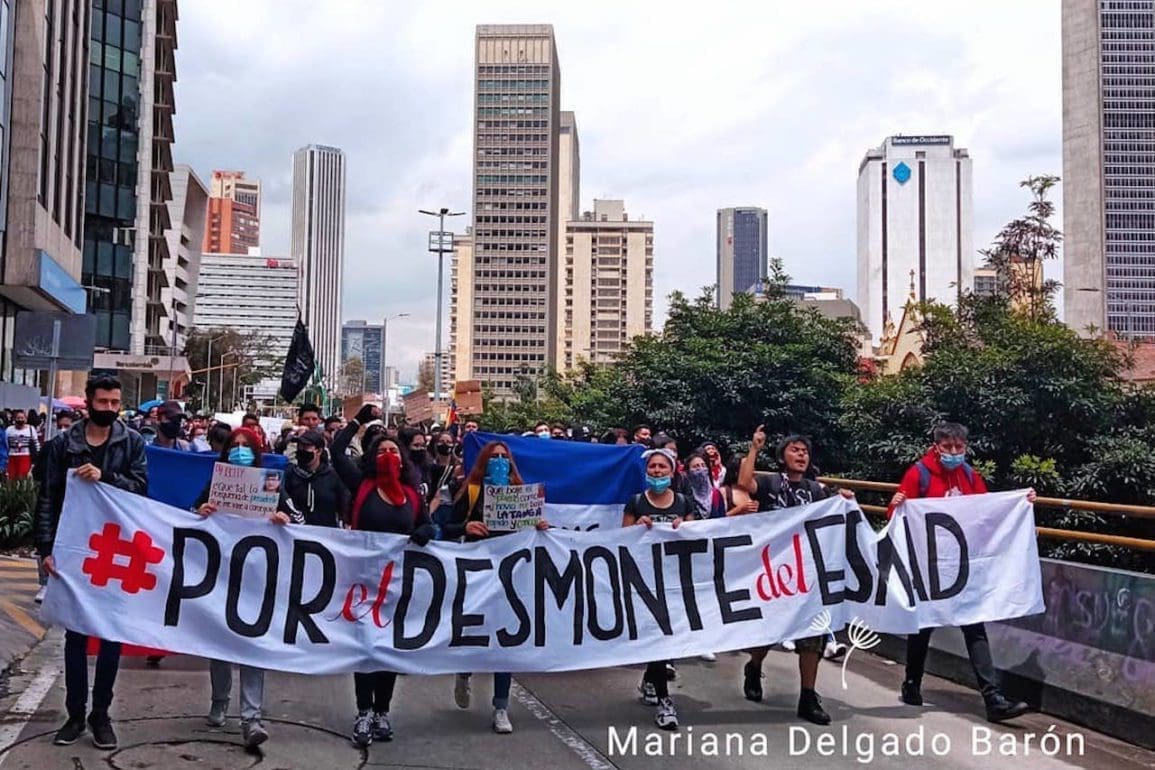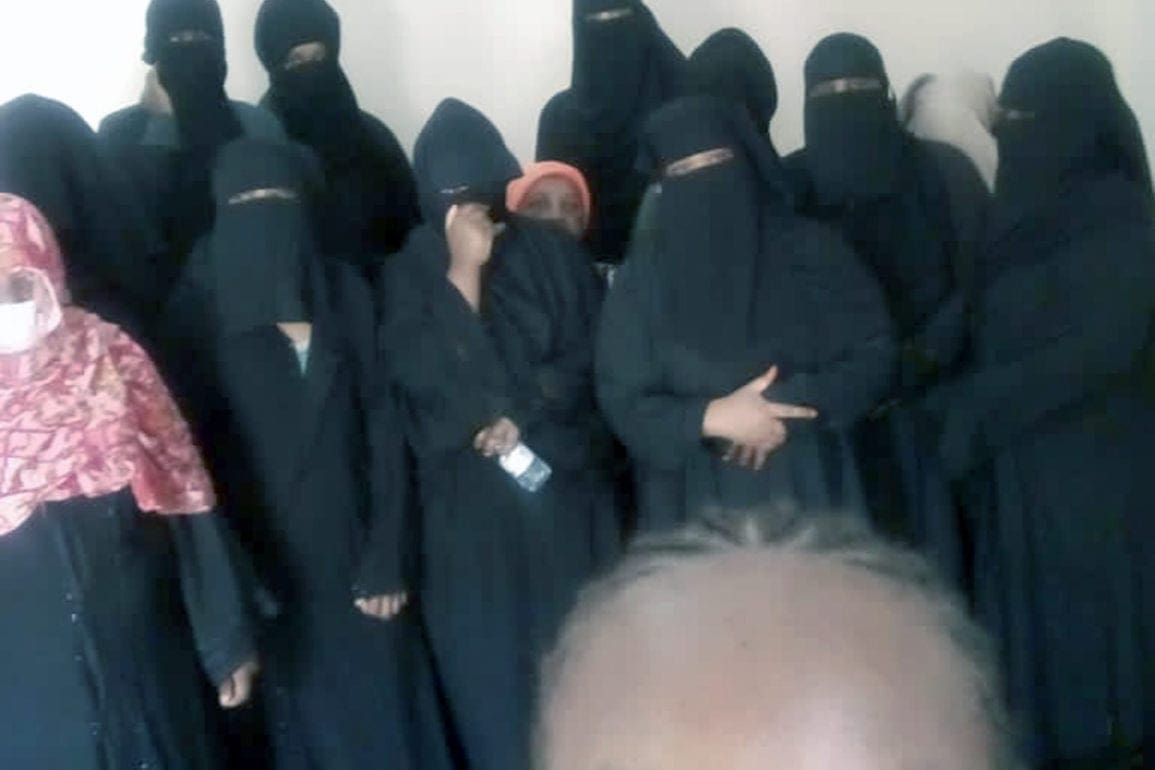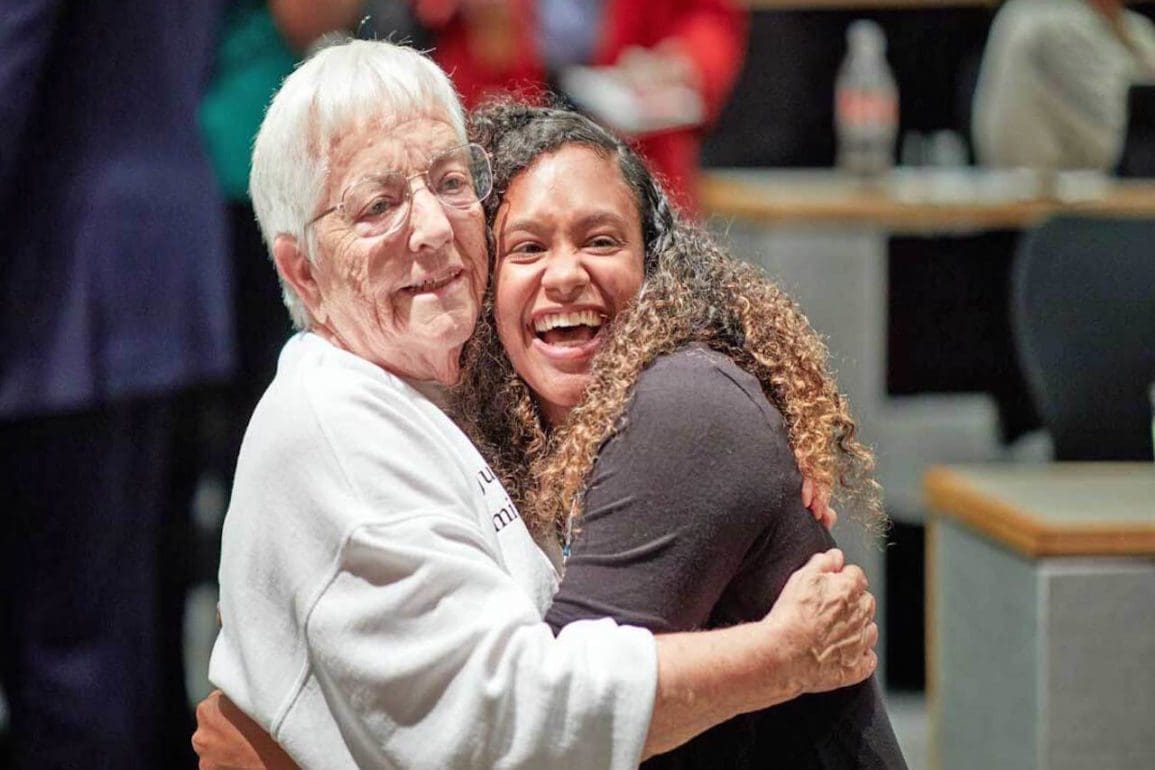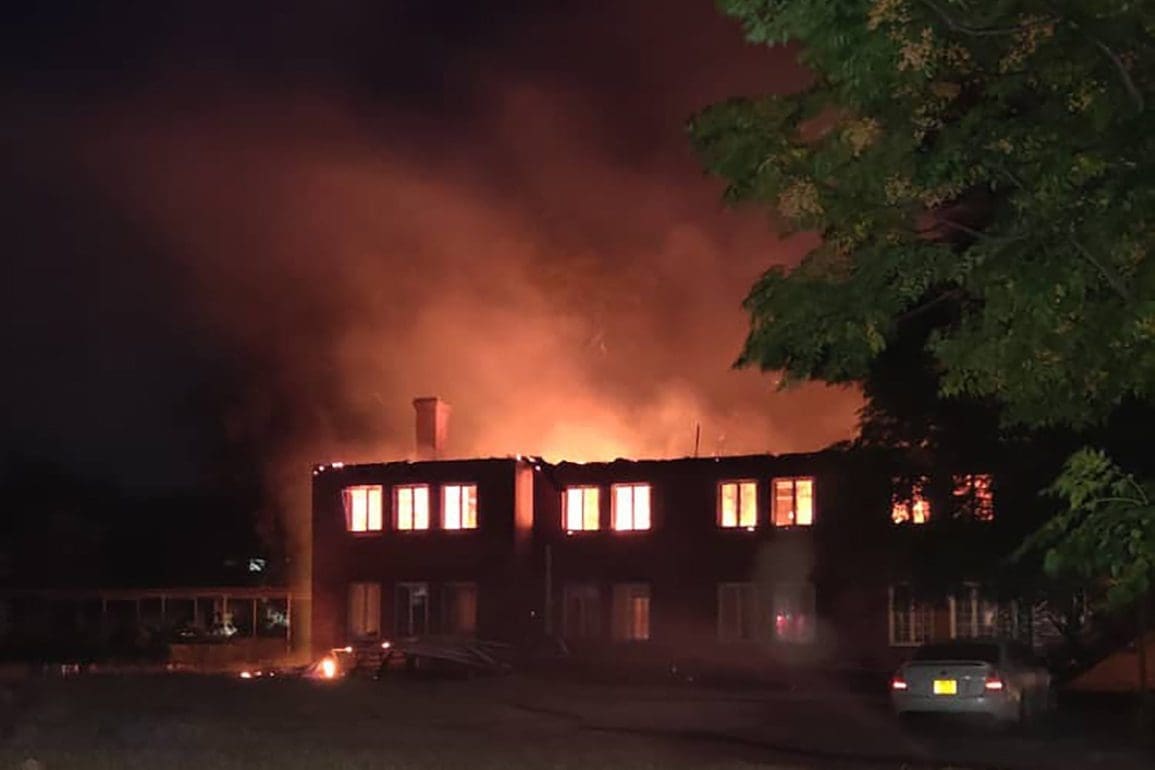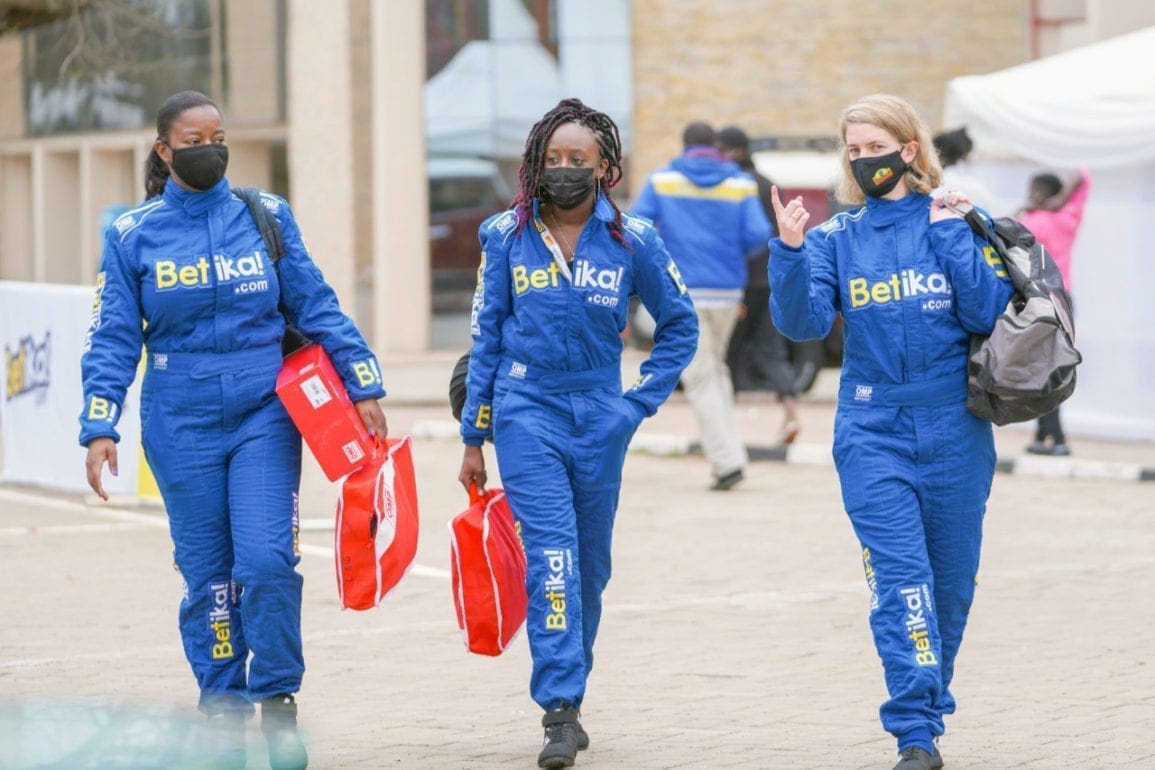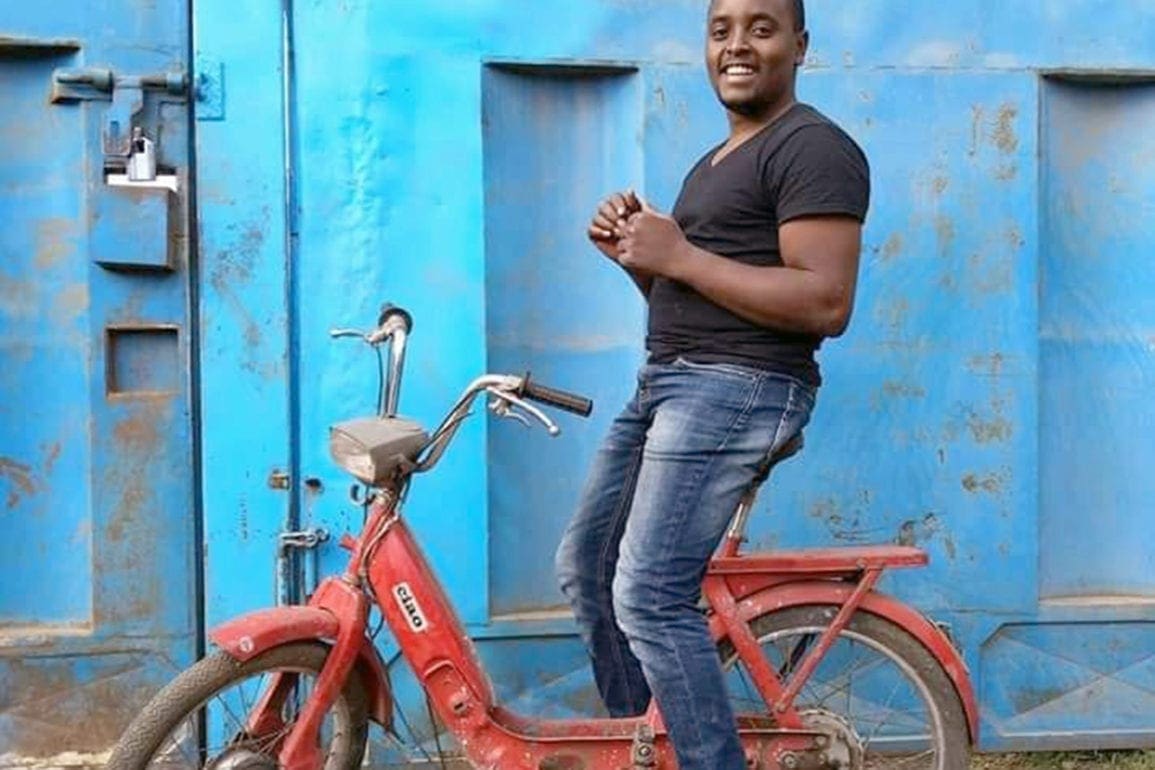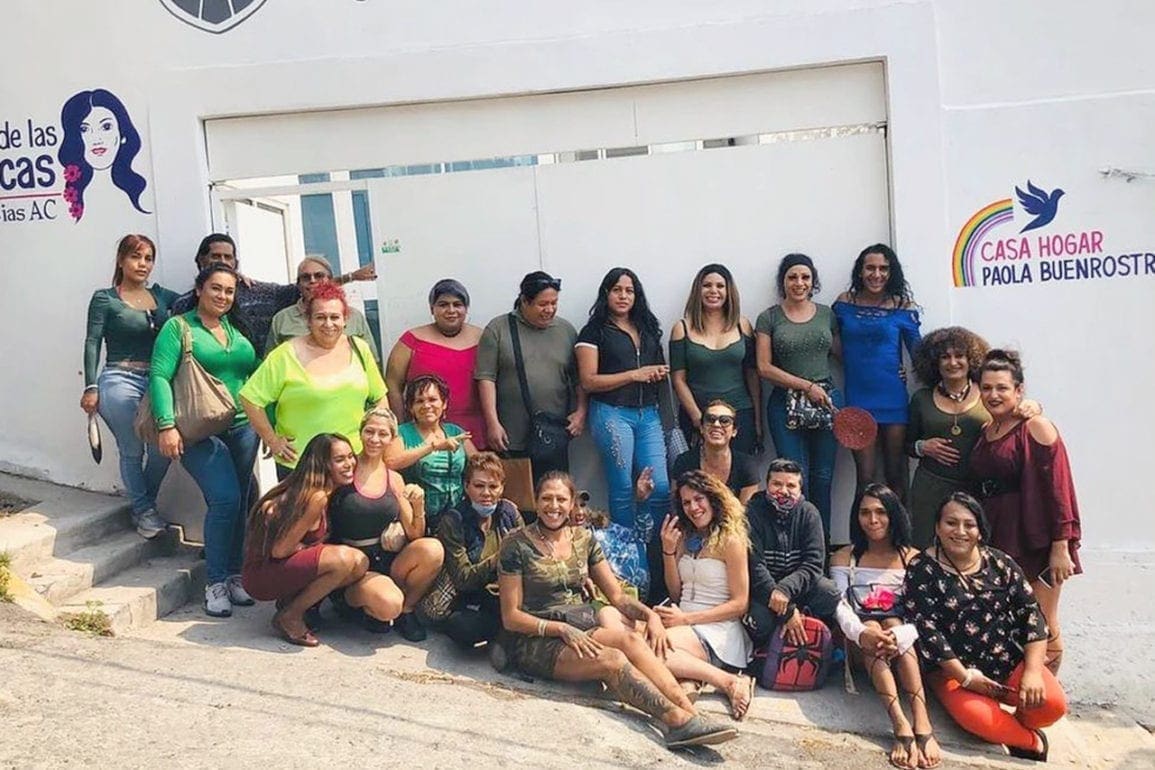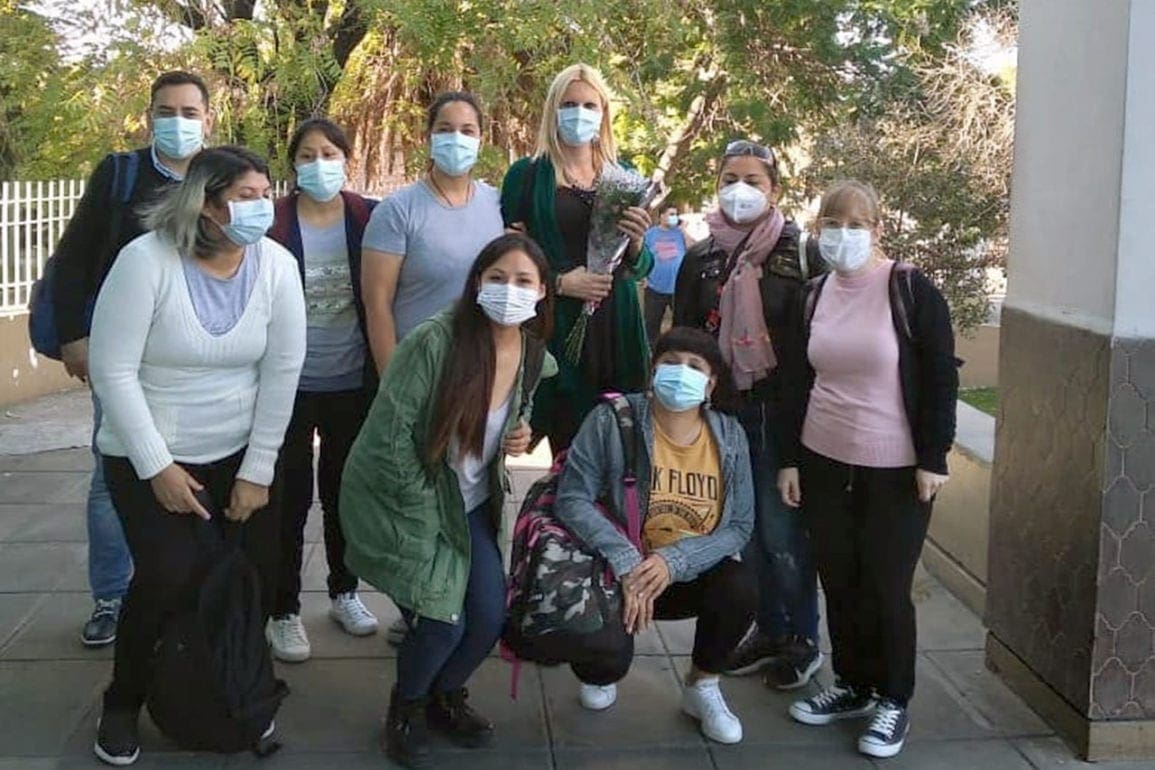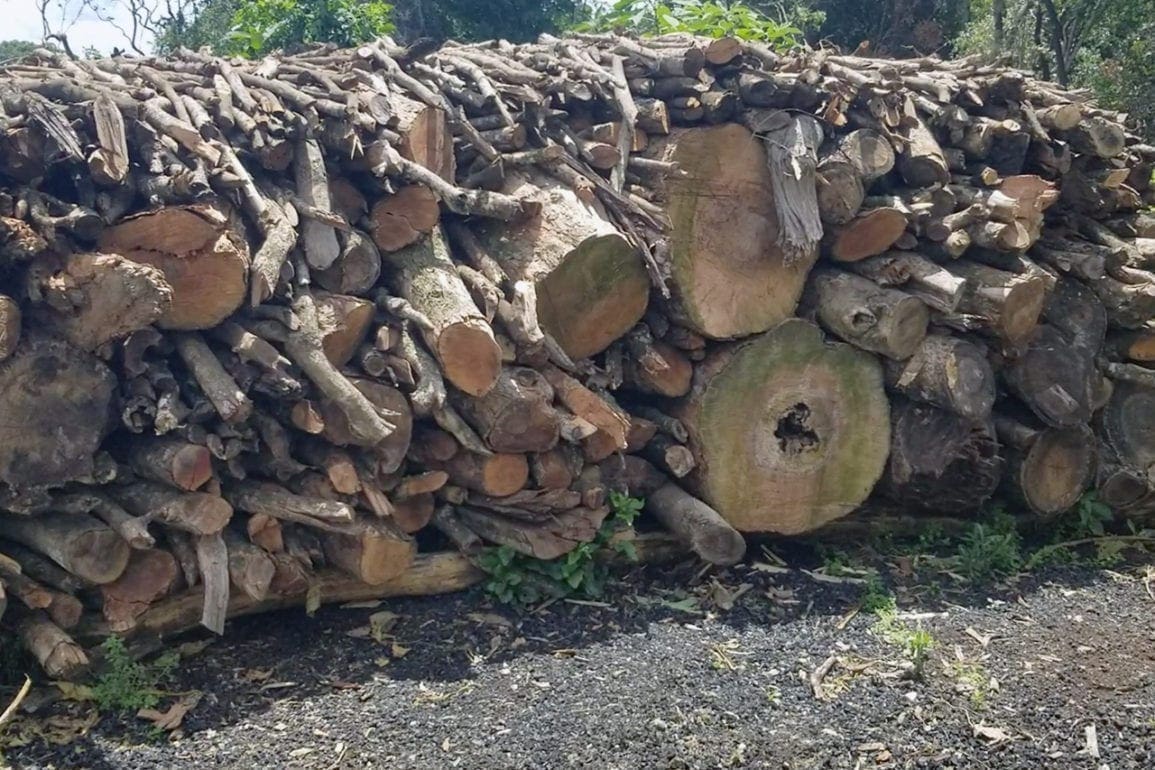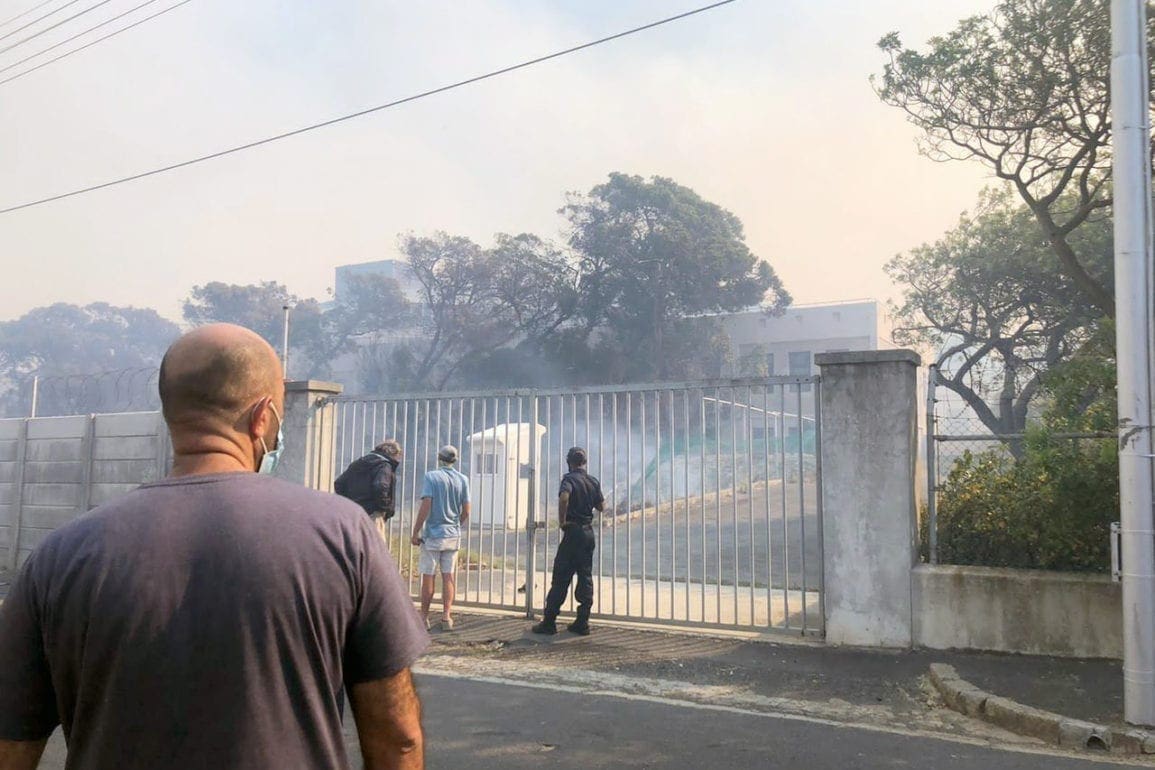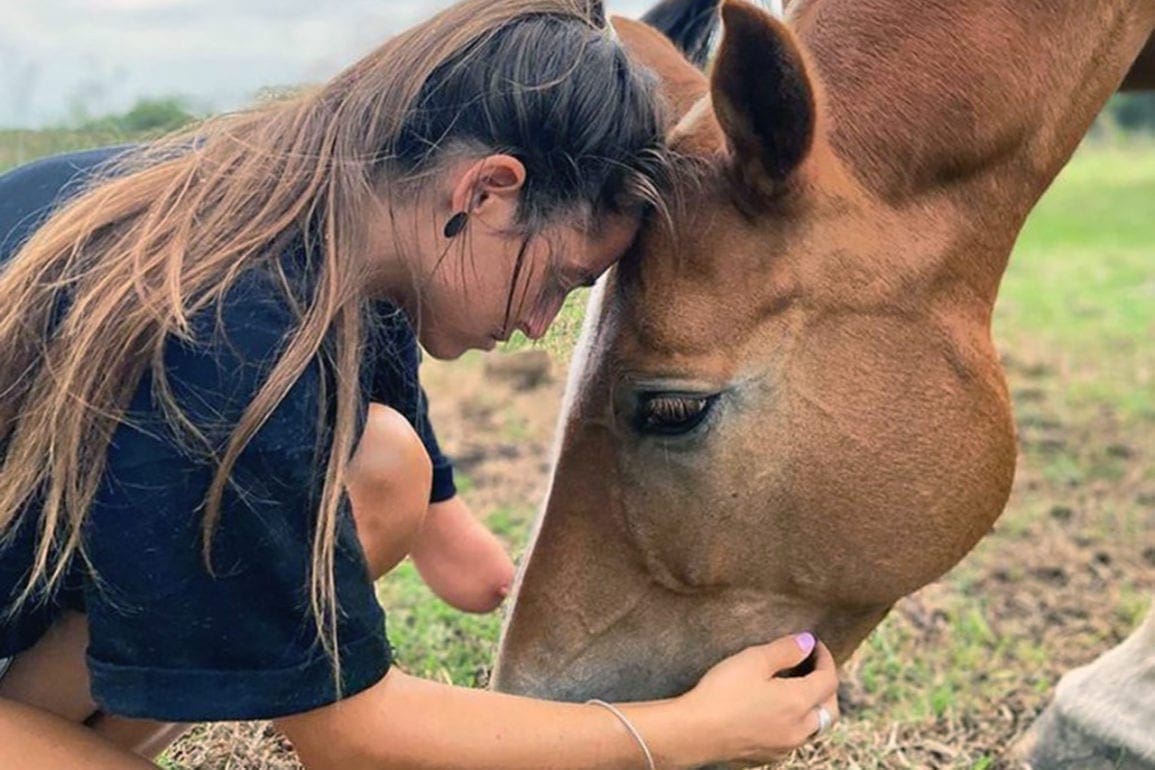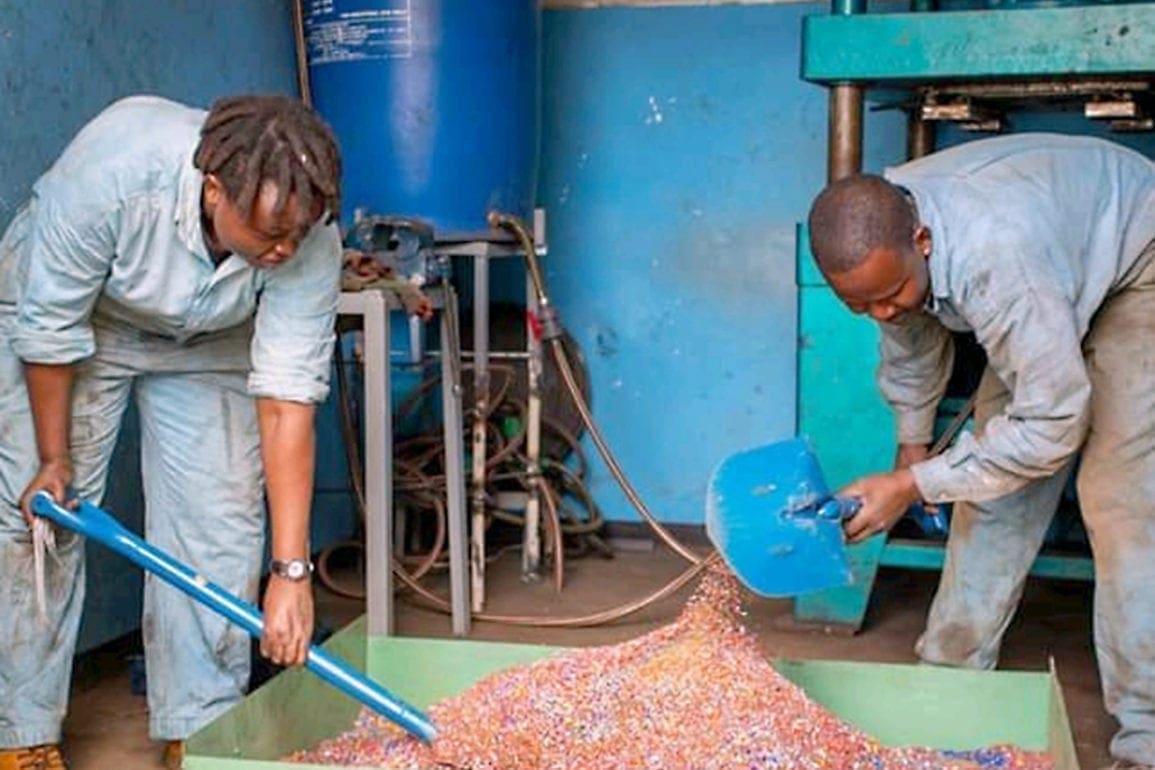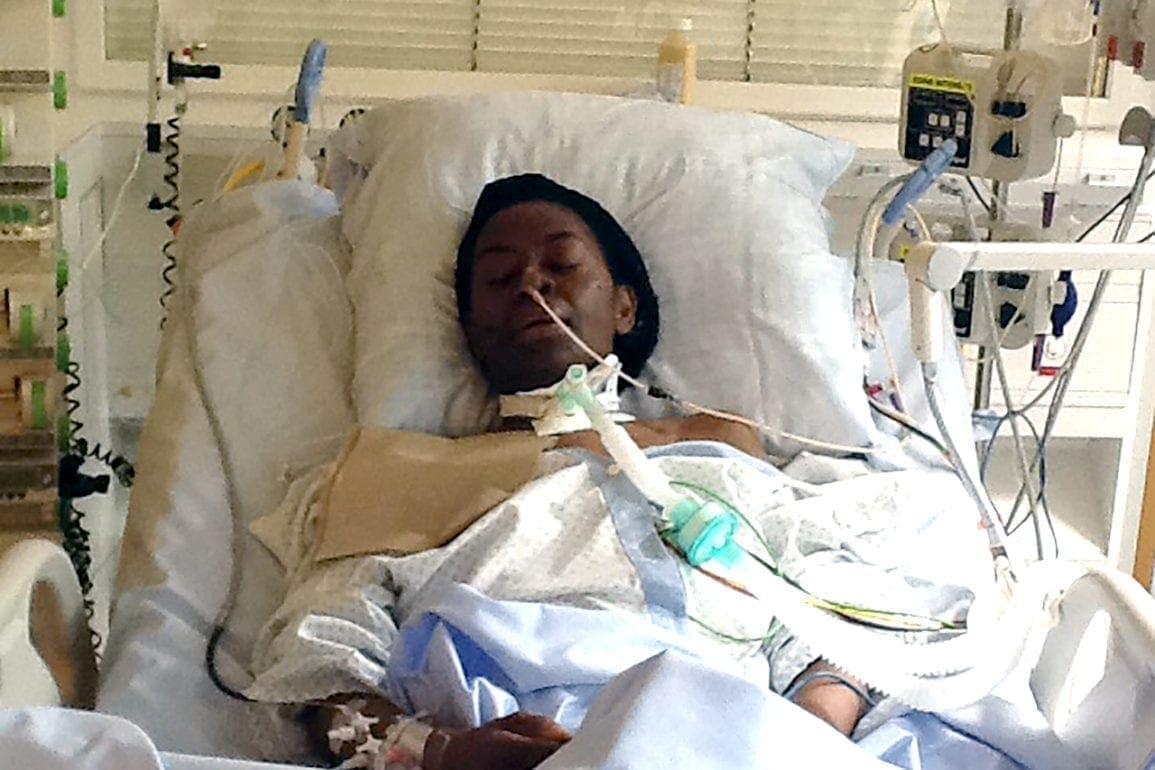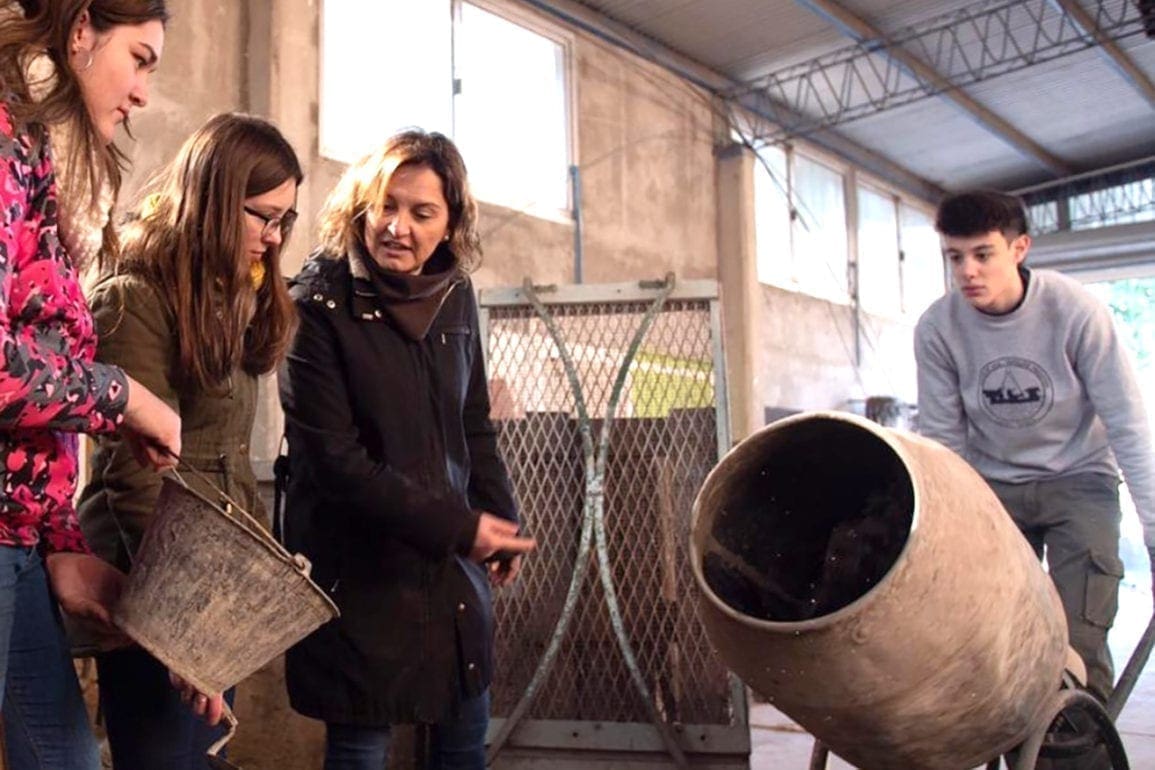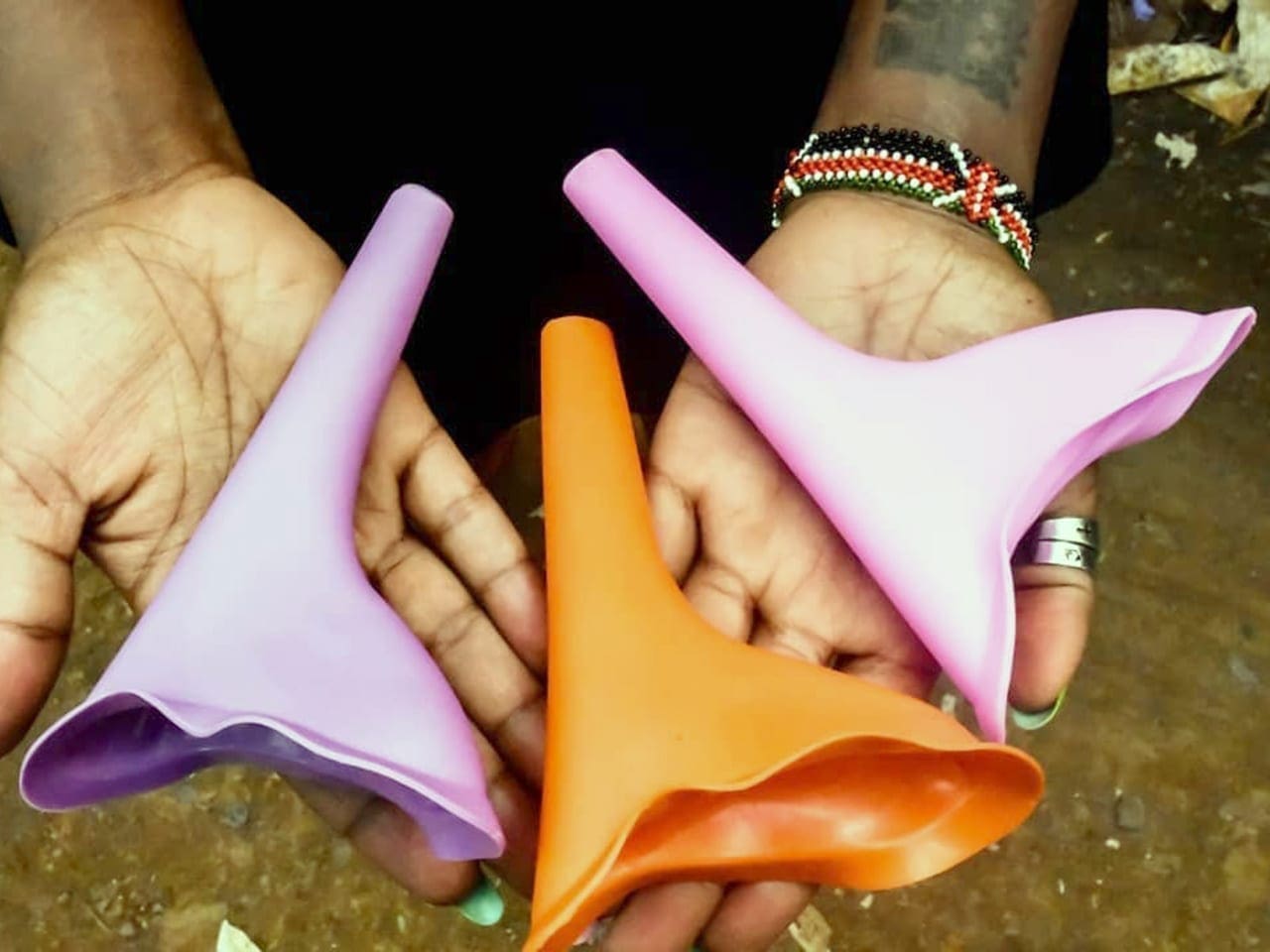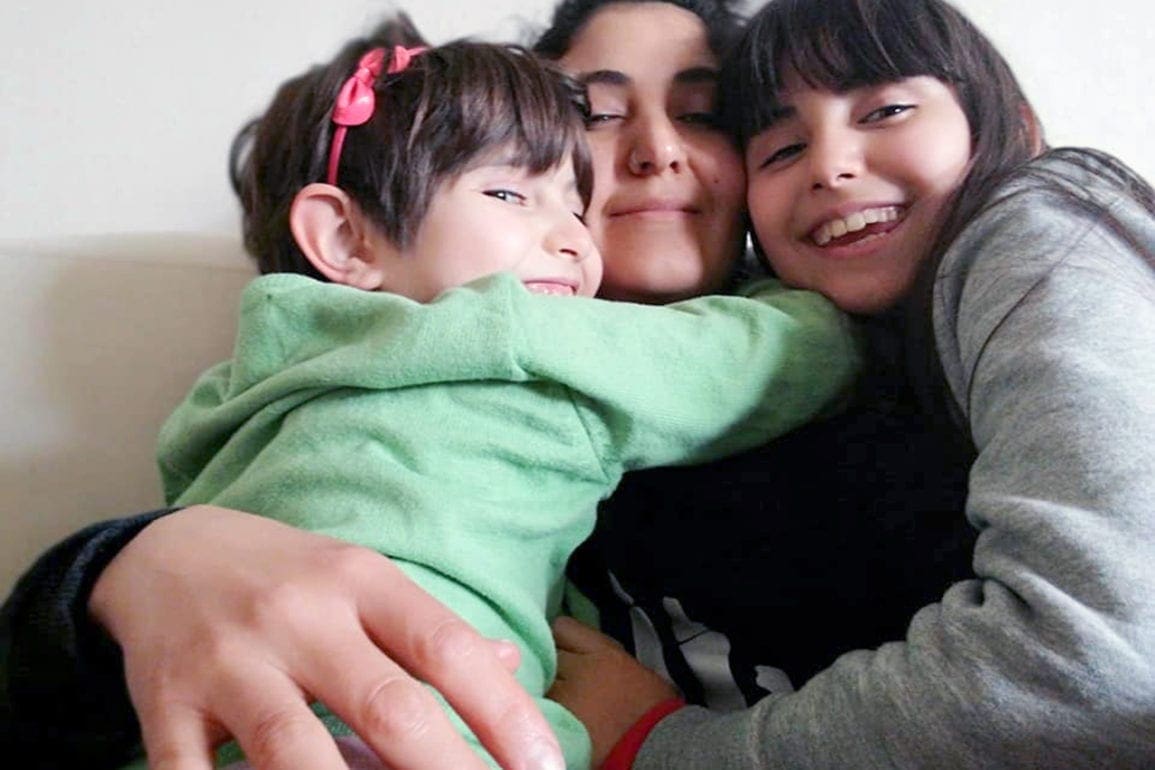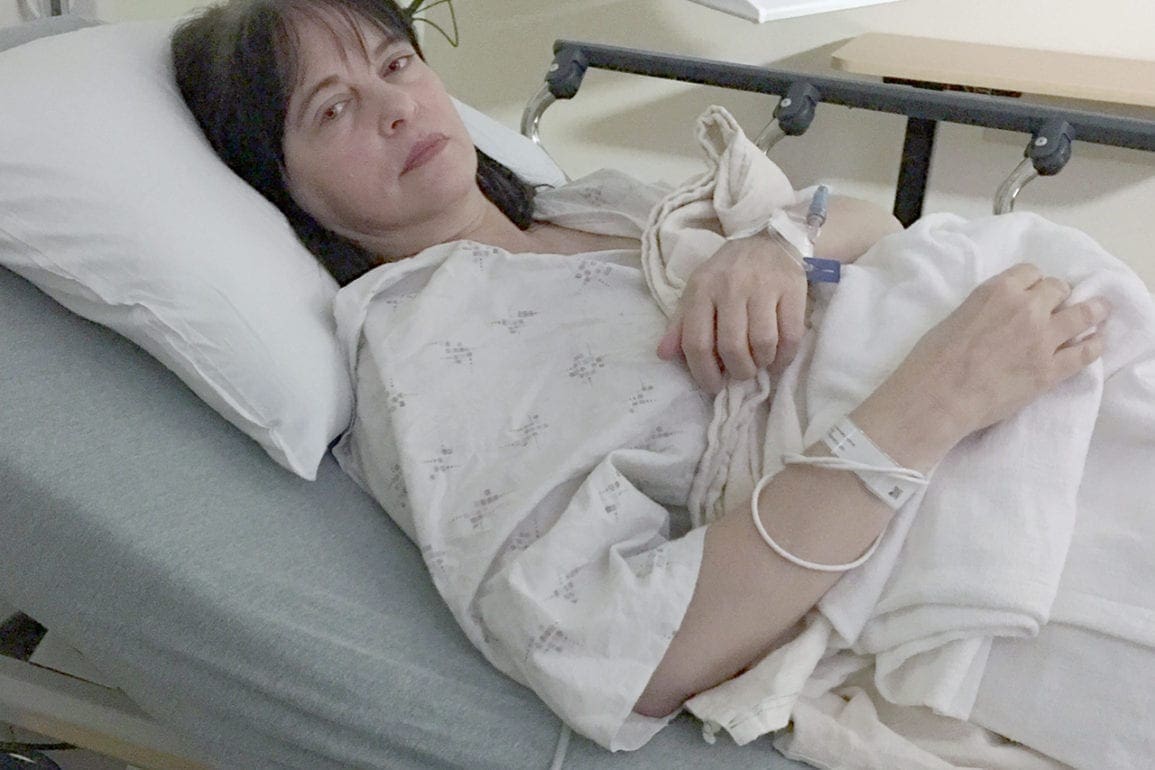Retired teacher keeps learning alive in rural Argentina
My efforts bear fruit for these children, and their families by extension. At first, they came with empty stomachs and torn clothes. Today they come to learn, eager for knowledge and eager to grow.
- 4 years ago
October 4, 2021
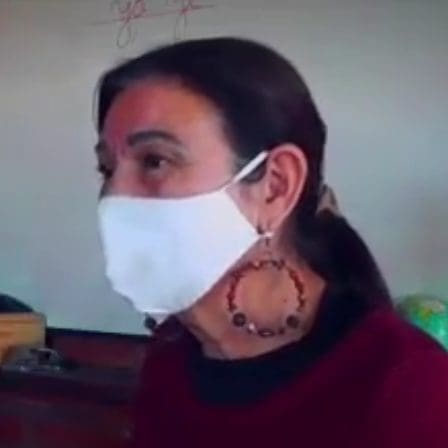
SANTIAGO DEL ESTERO, Argentina— I taught children for 30 years. As retirement approached, leaving the classroom seemed unimaginable. I knew my career was not over.
So, I transformed my laundry room into a classroom. From Monday to Friday, I welcome around 40 school-age students who need support to continue studying. The students in my rural province experience severe need, and it keeps them from being able to perform at their best level. I try to change that.
Breaking the cycle of shame
Most of the children make their way to my house for class by foot, leaving behind homes with no electricity or water.
Watching them arrive makes me remember my own beginnings, when I hitchhiked to my first job.
Early on, my students arrived with dried, cracked lips and aching stomachs and heads. On cold days, they came in shivering without a coat. Day after day, many wore the same dirty clothes.
One day, a child handed me a piece of paper. It was a pivotal moment. Written on the paper was plea: “Teacher, I am thirsty; there is no water in my house.”
I immediately called him to the side of the room and offered him water. I asked him why he had written me a paper instead of telling me in class, and he replied, “I was ashamed.”
In that moment, I understood the prejudices of society running through him. The other children likely suffered from similar fear and shame. I decided to do whatever I could to help them.
Collaboration is key to survival
As the COVID-19 pandemic persisted, the effects of poverty and hardship on my students became more and noticeable.
They became hungrier, often arriving with only a small amount of food for breakfast, and nothing for the remainder of the day.
A dining room offered to contribute so we could give each student a cup of milk each day. That was just the beginning.
Walking door to door—in the heat and the cold, the wind and the rain—I asked people to collaborate with and support my little school. In many ways I saw these children as my own kids. My heart would not allow me to leave them behind.
Little by little, and with help, I was also able to offer a snack. Sometimes we welcome them with bread and jam, sometimes with a cake or pudding donated by a mother in the community.
Soon, the support grew to include donated tables, chairs, and blackboards. Pride filled my heart to see my humble laundry room transformed into a true classroom for my students.
As the space evolved, so did the class itself. My students became more productive, and our little community grew more affectionate and joyful. I no longer just taught literature, mathematics, or biology; teaching became mutual. They teach me something new every single day, about life and their experiences
Every hug, every smile from those children fills my soul. I don’t see pain and hopeless poverty in their faces anymore—I see growth and a future, even in a region where children are punished socially and economically. Because of them, I wake up every morning full of energy and determined to plan the most creative day possible.
My efforts bear fruit for these children, and their families. At first, they came with empty stomachs, and torn clothes. Today they come to learn, eager for knowledge and eager to grow.

